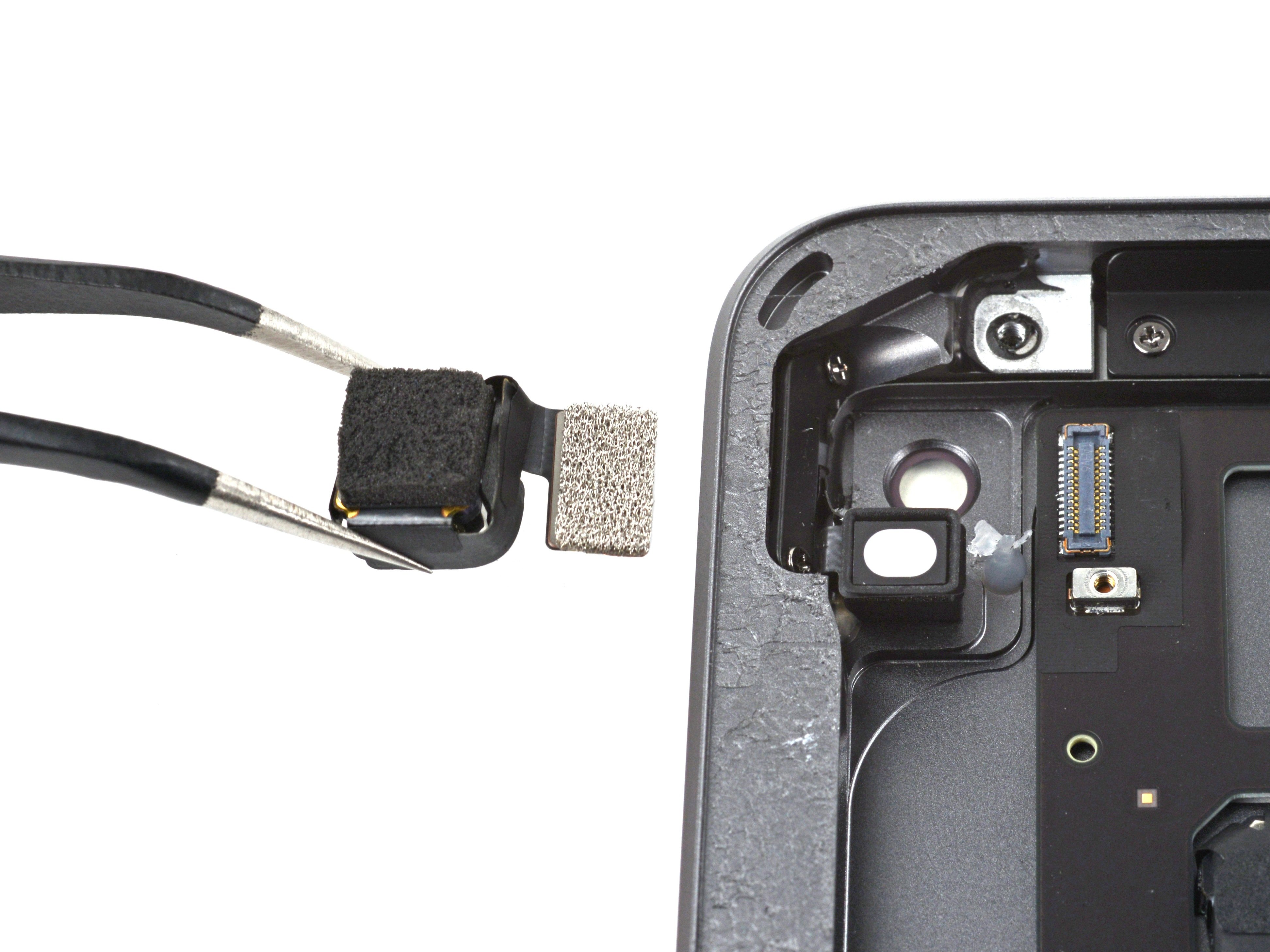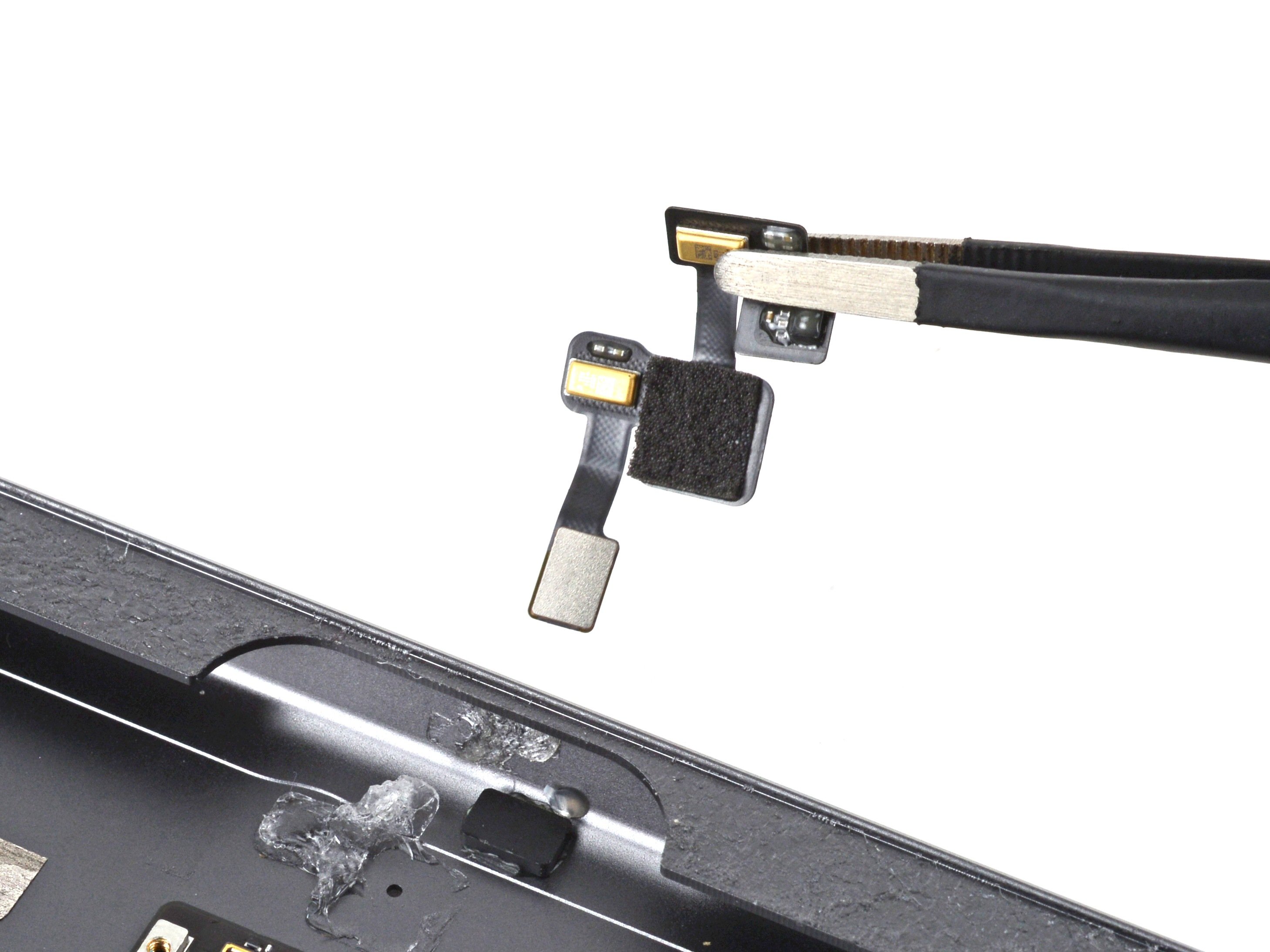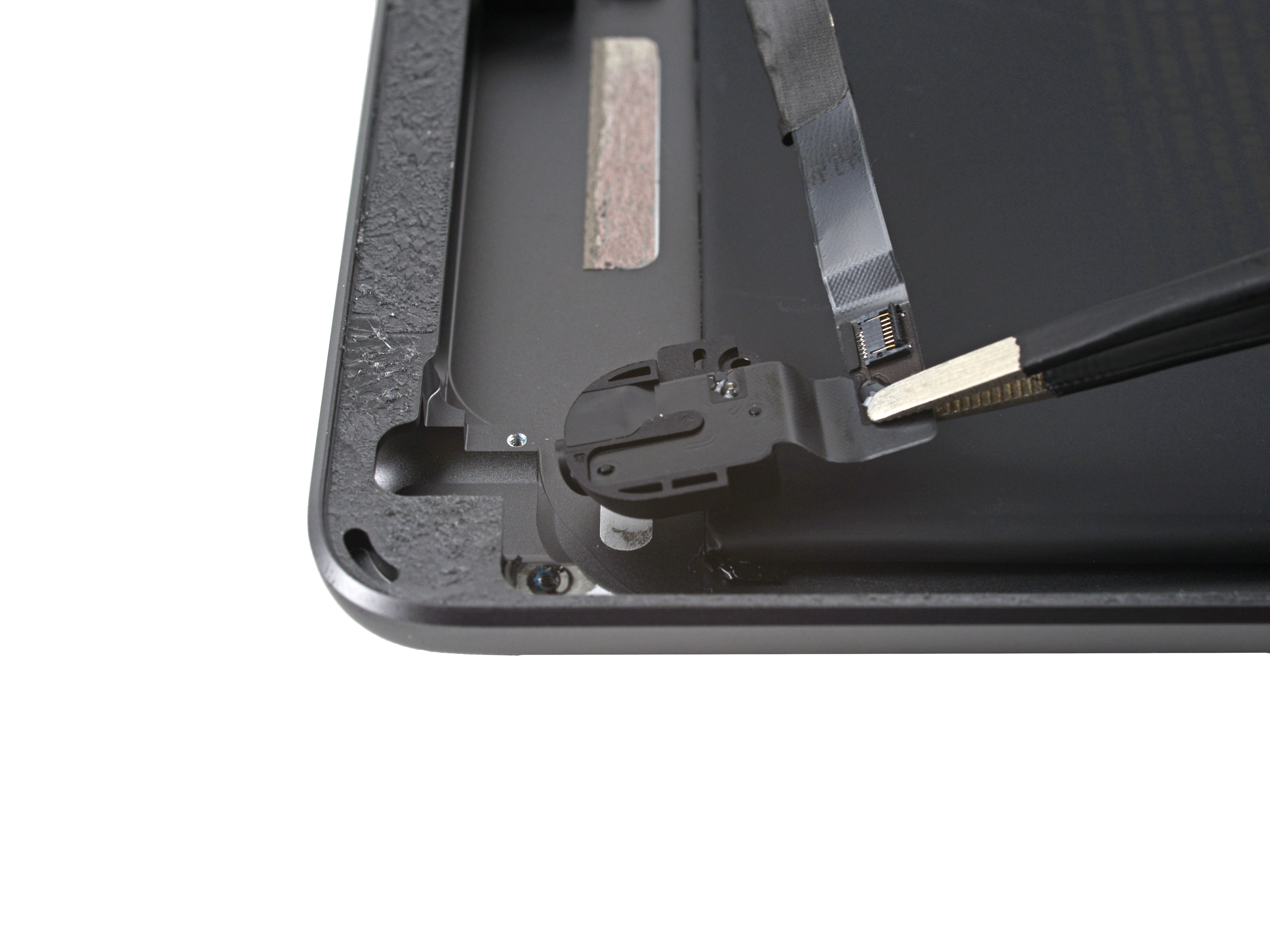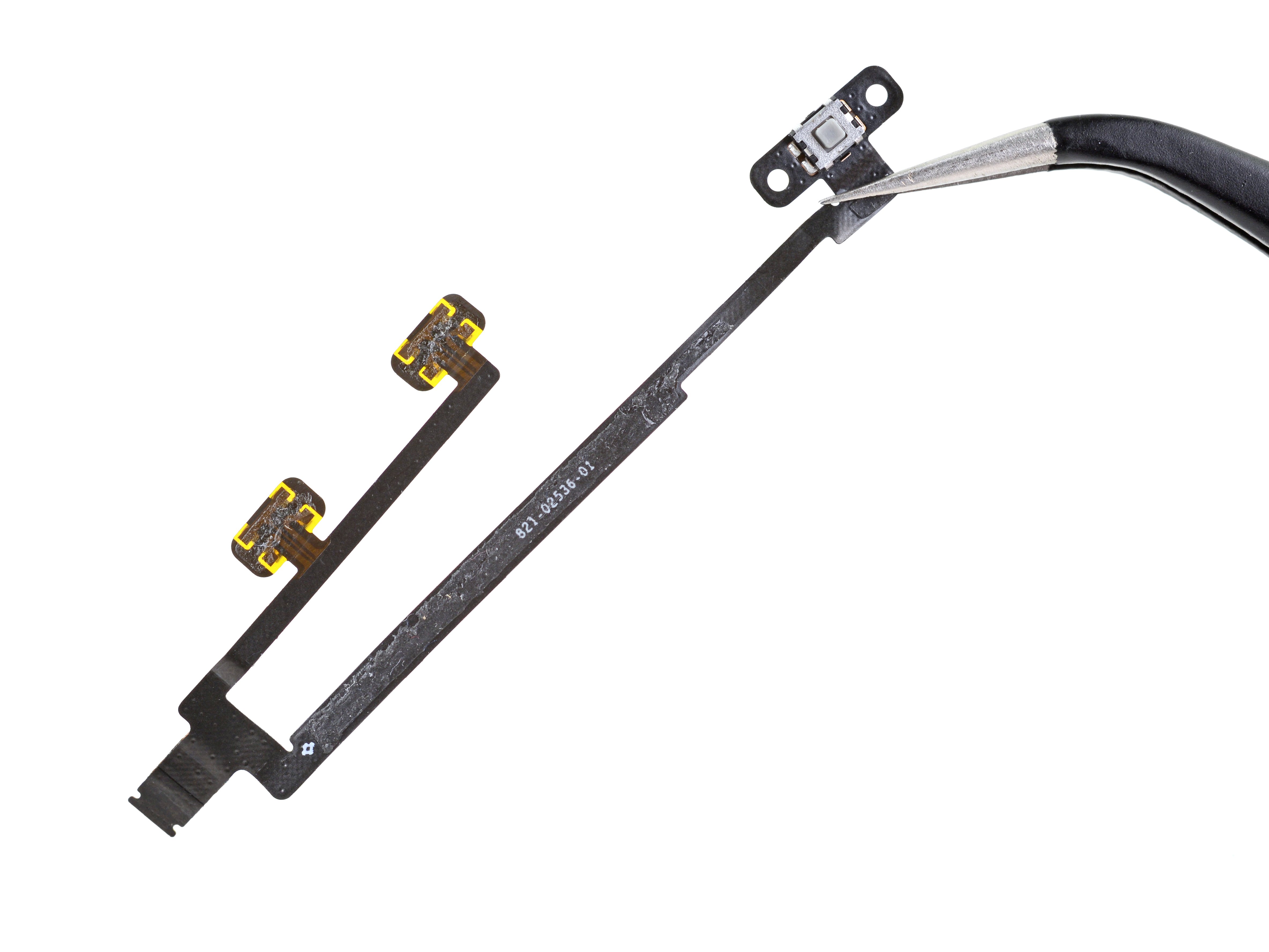How to Replace Battery in MacBook Laptops: Step-by-Step Guide
MacBook Slow? Here’s a Comprehensive Guide to Fixing the Issue
Is your MacBook slow? Don’t worry, you’re not alone. Many MacBook users face this issue, and it can be frustrating. But before you consider replacing your MacBook, try these troubleshooting steps to fix the problem. In this article, we’ll cover the common causes of a slow MacBook and provide step-by-step solutions to get your device running smoothly again.
First Steps
Before we dive into the solutions, let’s cover some basic troubleshooting steps. These steps are essential to identify and fix the issue quickly.
Step 1: Reset the System Management Controller (SMC)
Resetting the SMC can resolve issues related to battery life, temperature, and performance. To reset the SMC, press the power button, the Command + Option + Shift + Power buttons, or the Power button and the Volume Down button at the same time.

Step 2: Reset the PRAM or NVRAM
Resetting the PRAM or NVRAM can resolve issues related to display settings, time zone, and other system settings. To reset the PRAM or NVRAM, press the Command + Option + P + R keys while booting up your MacBook.
Causes of a Slow MacBook
Now that we’ve covered the basic troubleshooting steps, let’s dive into the common causes of a slow MacBook.
1. Storage Is Full
If your MacBook’s storage is full, it can cause performance issues. To free up space, delete unnecessary files, empty the trash, and consider upgrading to a larger storage drive.

2. Malware
Malware can slow down your MacBook. Run a virus scan using an anti-virus software to detect and remove any malware.
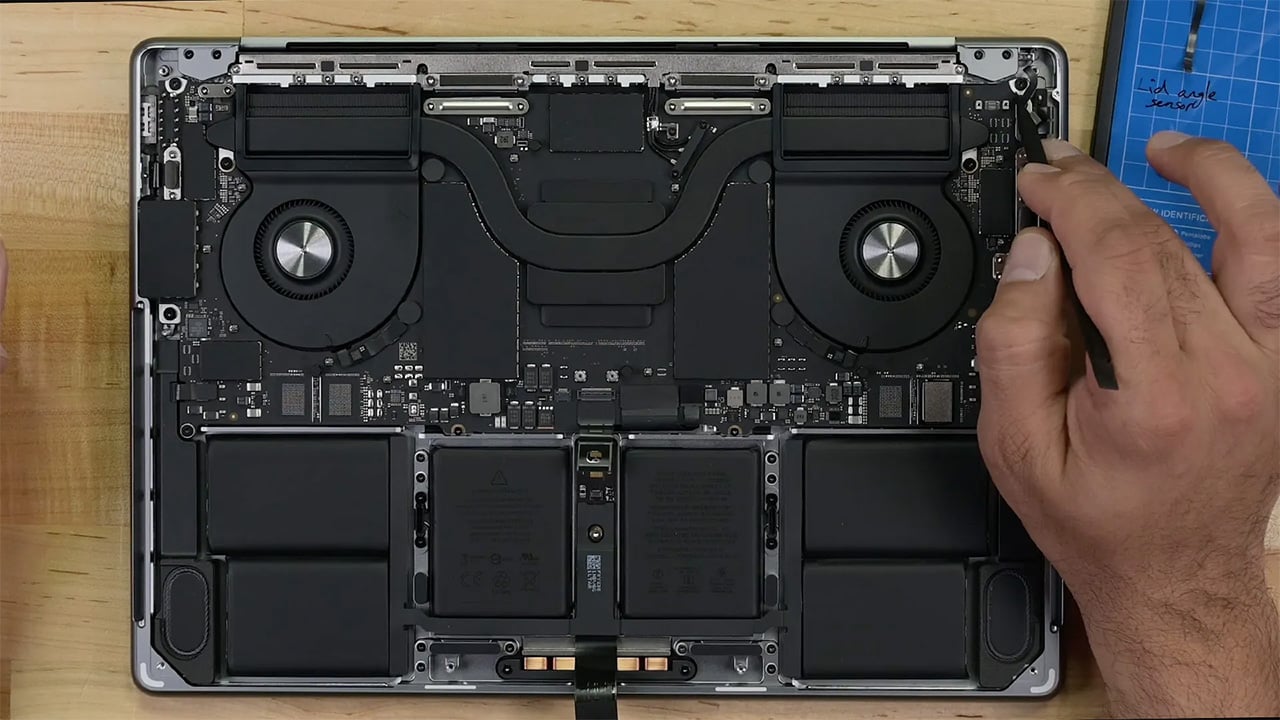
3. Multiple Antivirus Programs
Having multiple antivirus programs installed can cause conflicts and slow down your MacBook. Uninstall any unnecessary antivirus programs.

4. Hardware Is Underpowered
If your MacBook’s hardware is underpowered, it can cause performance issues. Consider upgrading to a newer model or adding more RAM.

5. Overheating
Overheating can cause performance issues. Clean out dust from the vents, and consider using a cooling pad.
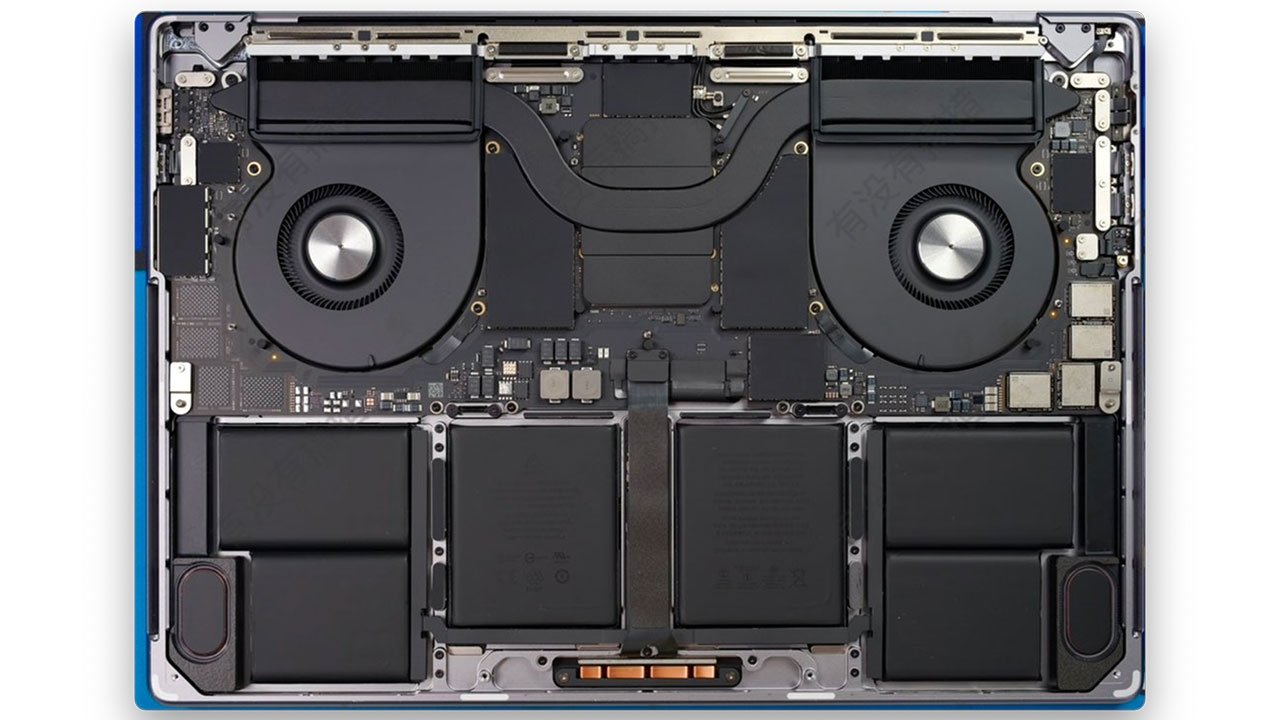
6. Missing Sensor Data
Missing sensor data can cause performance issues. Run Apple’s Diagnostic Suite to detect and fix any issues.

7. Faulty Storage
Faulty storage can cause performance issues. Run a disk utility to detect and fix any issues.
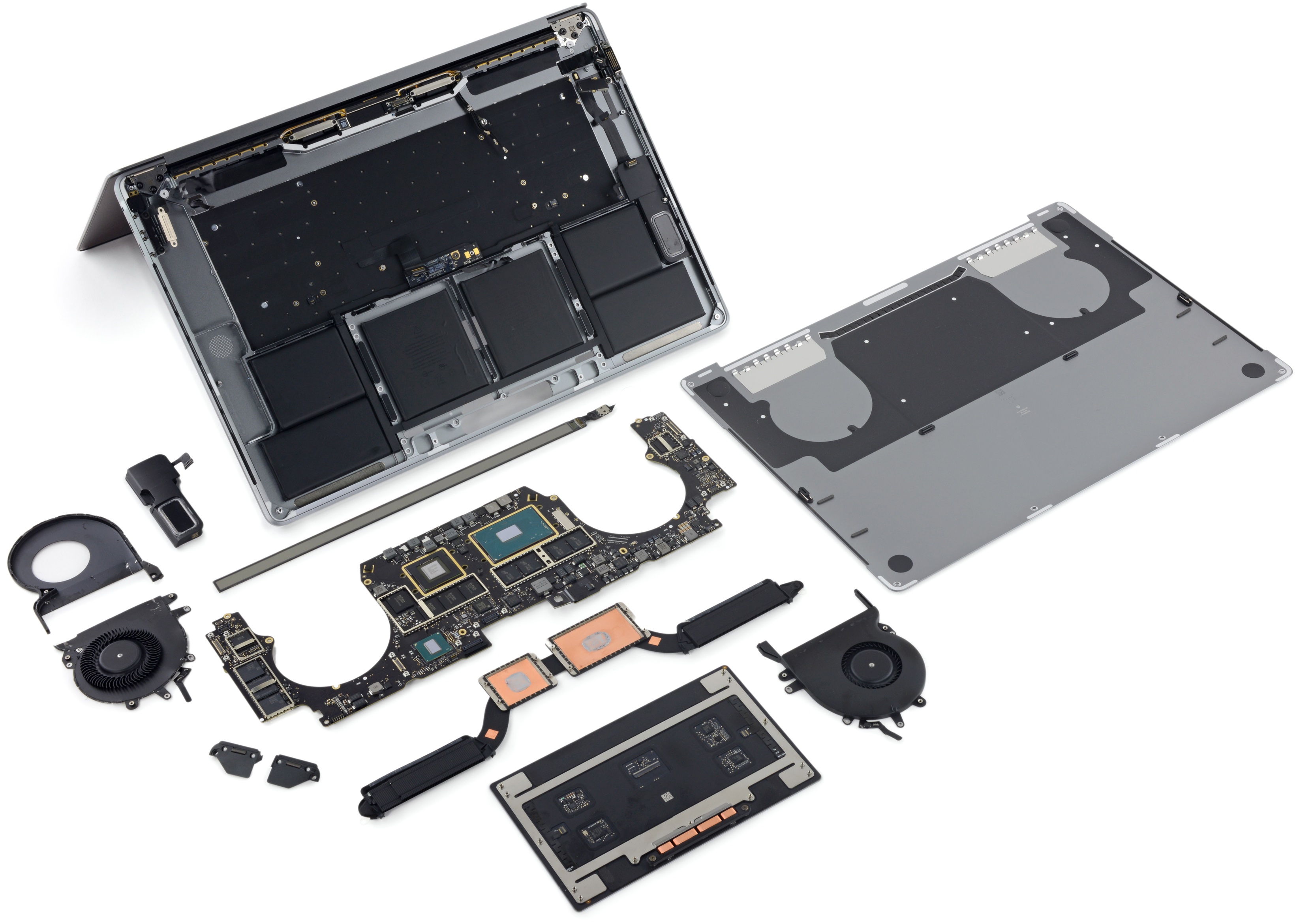
8. Faulty Fan
A faulty fan can cause performance issues. Run Apple’s Diagnostic Suite to detect and fix any issues.
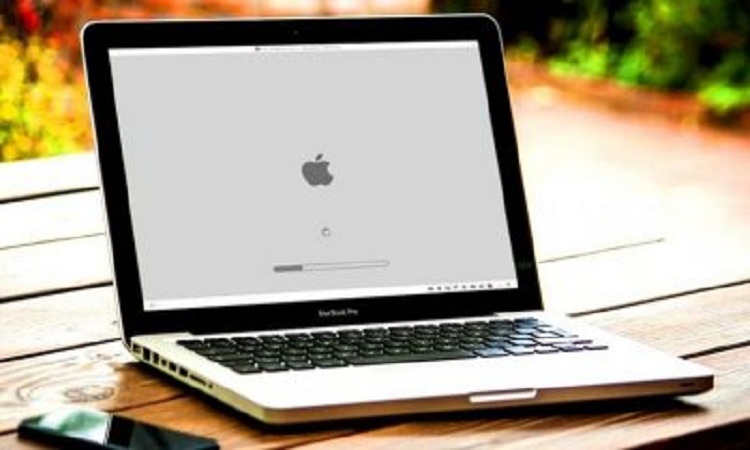
Conclusion
By following these troubleshooting steps and solutions, you should be able to fix the issue of a slow MacBook. If the problem persists, consider visiting a professional repair service like Salvation Repair. We offer a limited lifetime guarantee on all parts and labor, and our expert technicians can diagnose and fix any issue with your MacBook.




